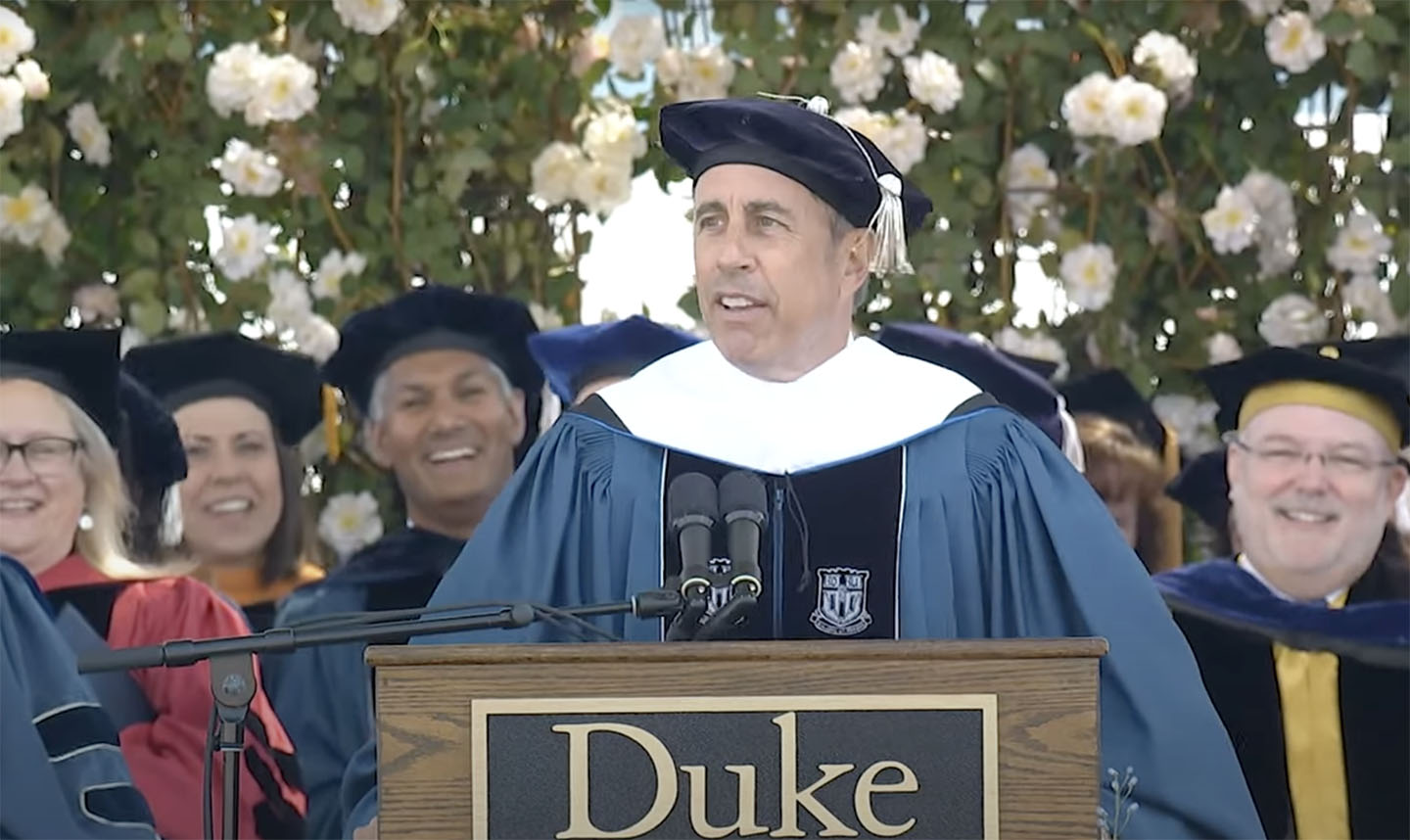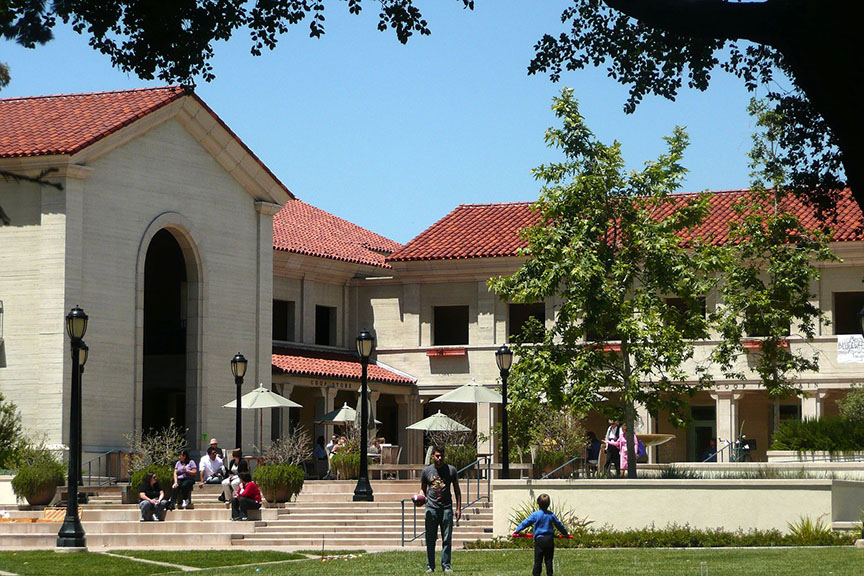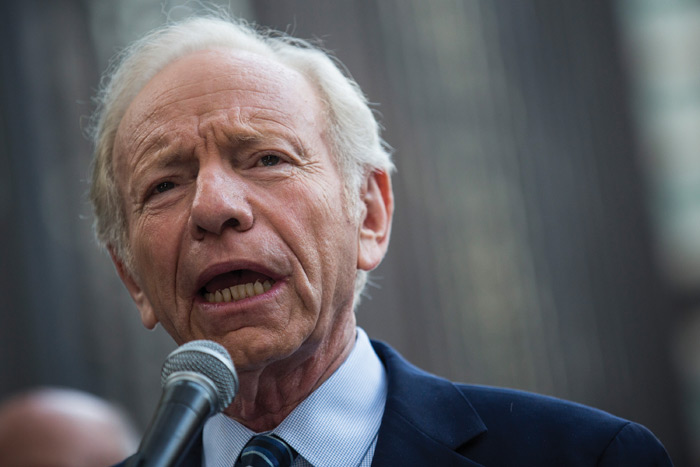In a society where it is increasingly difficult for non-experts to distinguish between truth and fiction, a respected author has just added to the problem—but in a good way. The author of “The Autobiography of Fidel Castro” (Norton, $27.95) is Norberto Fuentes. The book purports to be written by Fidel Castro, a former fellow revolutionary of Fuentes’. The apparent assault on truth through fiction is not actually a problem, because the book is well advertised as a novel.
And what a strange, wonderful novel it is. Allow me a brief digression as I try to explain why: Sometimes great art derives from limitations imposed by the artist himself. For example, poetry can appear without rhyme or well-recognized meter—free verse, it is sometimes called. Robert Frost, recognized as a first-rate poet both before and after this death, did not always approve of free verse, likening it to playing tennis without a net. Rather, Frost preferred to restrict his poetic technique by establishing rhyming and meter rules, then producing the best poetry he could within those restrictions. Working free within harness, Frost called it.
Fuentes is working free within harness in his novel about Castro. A controversial writer in Cuba before running afoul of dictator Castro and moving to Florida, Fuentes could have written an insightful biography. Or Fuentes could have written an expose of the Castro regime. Instead, Fuentes has decided to write a novel based grounded in the facts of Castro’s personal life and his very public dictatorship.
The novel appeared in the Spanish language five years ago. Because Fuentes decided to fictionalize Castro’s life at length, the book consumed two volumes, about 2500 pages total. Some readers considered the novel a masterpiece of Latin American literature.
Anna Kushner translated the two volumes into English, then collaborated with the author and the U.S. publisher W.W. Norton to make the novel accessible to an English-speaking readership. The English-language version is “only” about 550 pages, a length Fuentes lightly terms a “light communication vehicle.”
For non-experts who care deeply about the intersection of fiction and fact, the publisher has helpfully provided an eleven-page chronology of Castro’s real life. Comparing Fuentes’ version of events as filtered through the mind of his fictional Castro with real life will be educational, but might reduce the power of the novel. After all, Fuentes could not always know what the real Castro was thinking, and makes no claim that the thoughts he attributes to the dictator constitute reality. That said, Fuentes’ version might come closer to reality than the real-life Castro’s version. The real-life Castro is elderly, ill, verbose and sometimes given to self-aggrandizement. He has written about himself in memoir fashion, but his agenda is not always transparent.
Fuentes wisely sets the mood with an opening quotation from historian Barbara Tuchman: “What his imagination is to the poet, facts are to the historian. His exercise of judgment comes in their selection, his art in their arrangement.”
Well, Fuentes/Castro is quite the arranger. From the opening paragraphs, readers aware of the satire’s power will see the Fuentes/Castro pairing akin to the Tina Fay/Sarah Palin pairing on the television show “Saturday Night Live.” Pretty soon, separating the two not only seemed difficult, but also beside the point. The revolution featuring Castro in the lead role as overthrower of Cuban ruler Fulgencio Batista, as a fulcrum in the Cuban Missile Crisis, as an ally of the Soviet Union comes alive anew in the Fuentes version, but with oh so subtle variations from the official history.
Here is the ruminating Castro, prolix and off center from the beginning, courtesy of Fuentes: “A memoir? At this point? I’ve learned something while writing this book. No one owns the past, at least not until it is written. I’ve learned something else: the Revolution is always creating its own past. One more thing: the Revolution won’t be able to withstand scrutiny before a given point in history. That point may be when all of its main participants have died. Meanwhile, the history of the Revolution, and of its men, is in the hands of its enemies—the ones who escape—and any bits of information they were able to obtain.”
Enough said, although Castro can never seem to say enough, nor can Fuentes say enough about the icon known simply as “Fidel.”
Steve Weinberg is a member of the National Book Critics Circle.






















 More news and opinions than at a Shabbat dinner, right in your inbox.
More news and opinions than at a Shabbat dinner, right in your inbox.